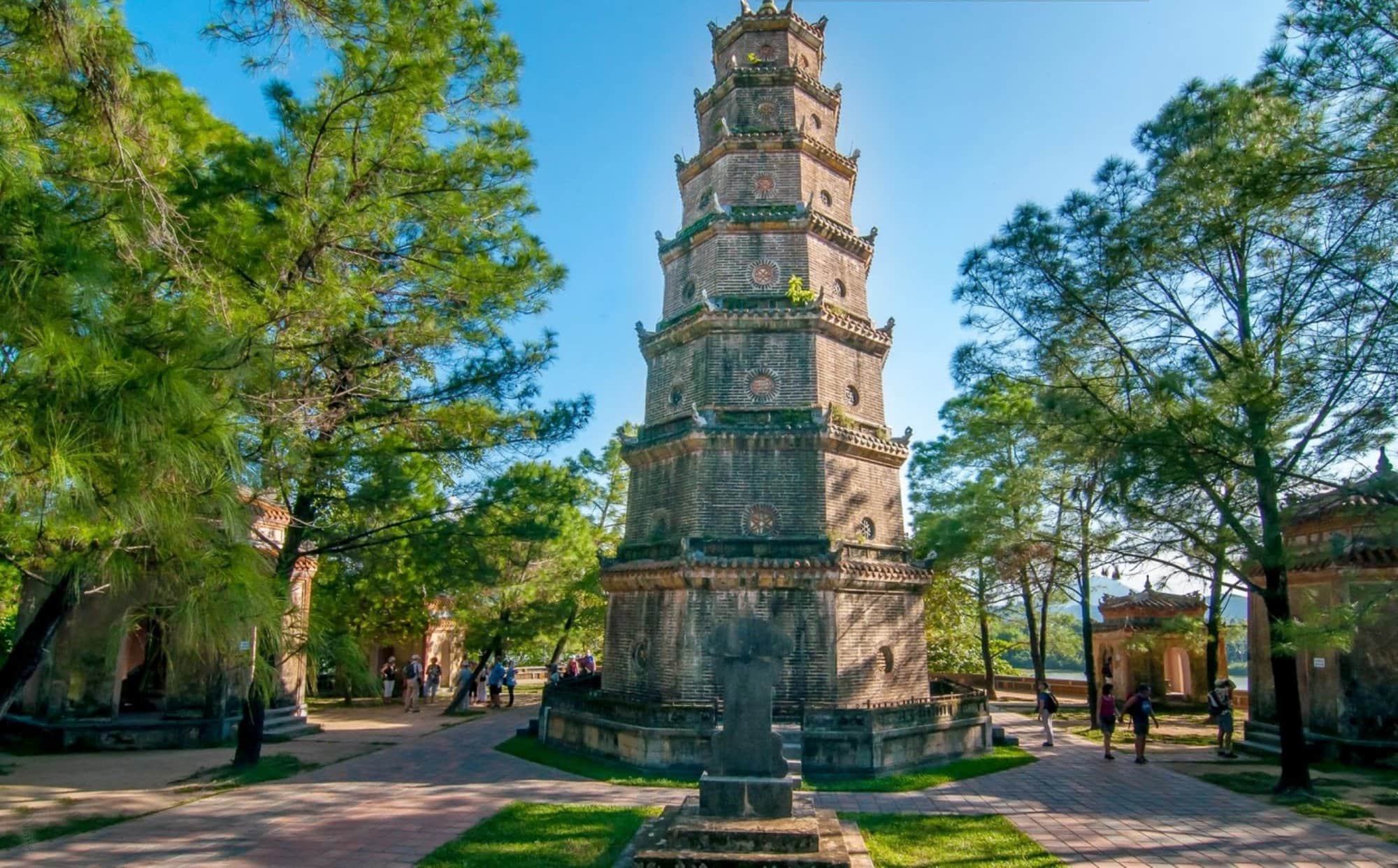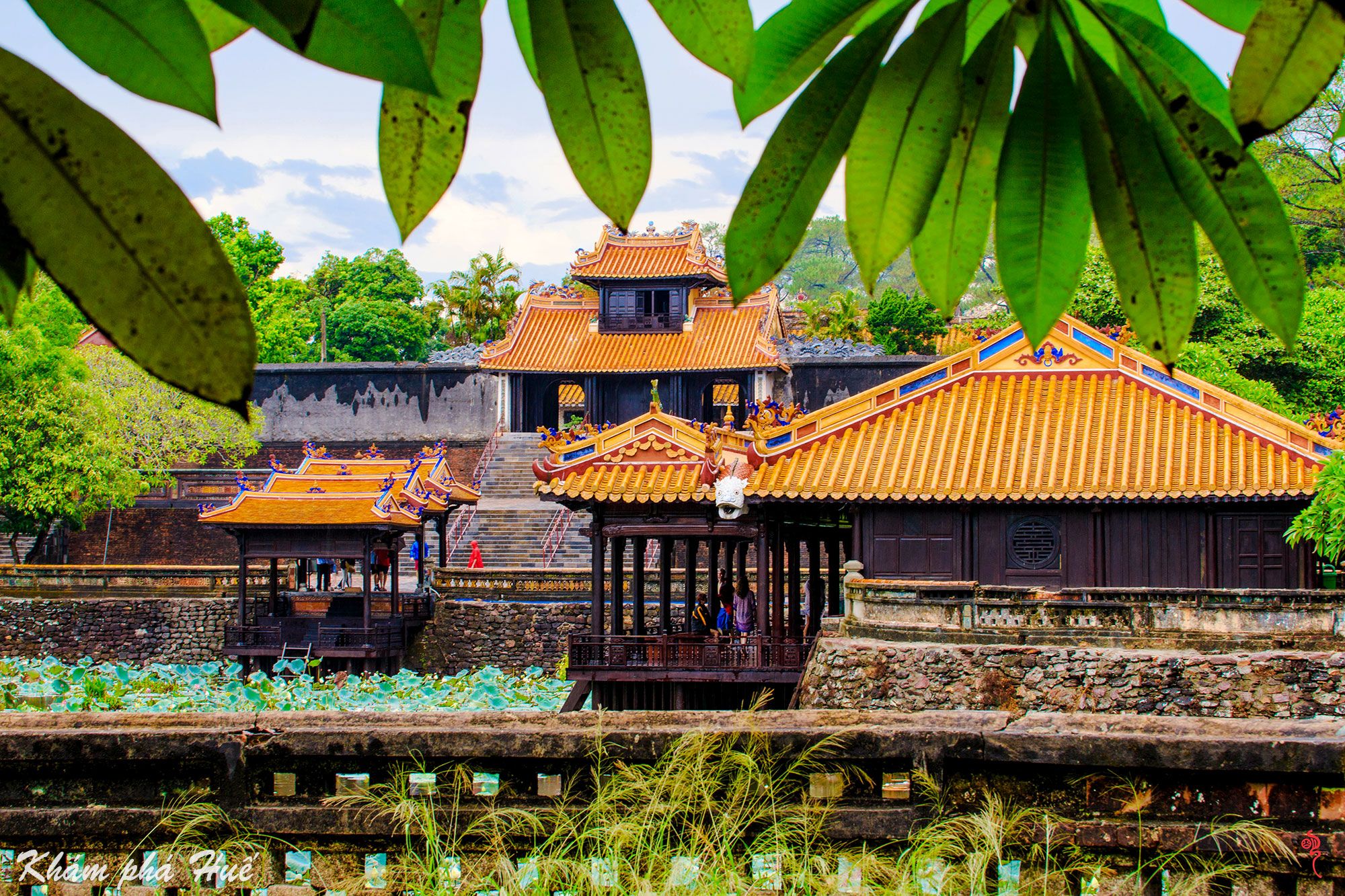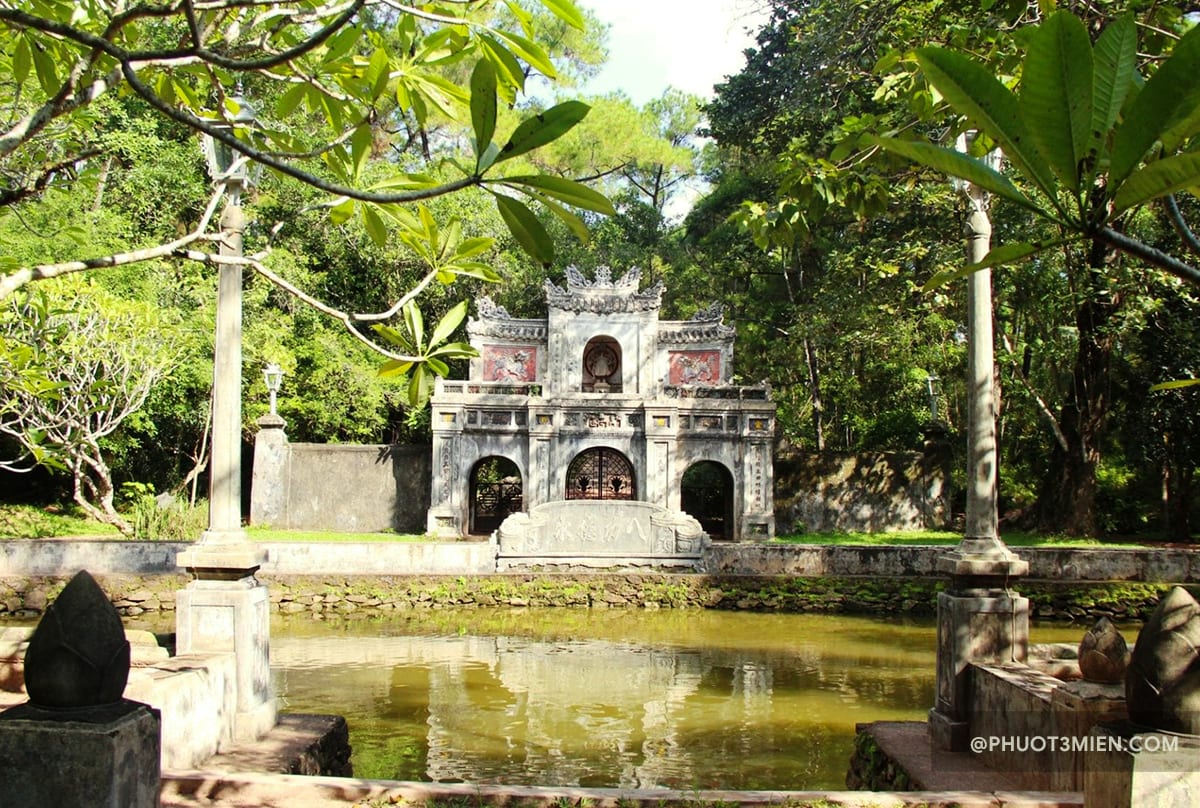
Why Hue?
Hue, a city located in central Vietnam
Huế is famous for its rich cultural heritage and historical significance. The city is known for its well-preserved architecture, including the Imperial City, a UNESCO World Heritage Site that served as the seat of the Nguyen Dynasty in the 19th century.
Apart from its historical significance, Huế is also home to a vibrant food and art scene. The city is known for its delicious cuisine, particularly its royal dishes that were once served exclusively to the emperor. Visitors can also explore the city's many art galleries and museums, which showcase the work of local artists and provide a glimpse into the city's rich cultural heritage.
Overall, Huế is a must-visit destination for anyone interested in history, culture, and cuisine.


